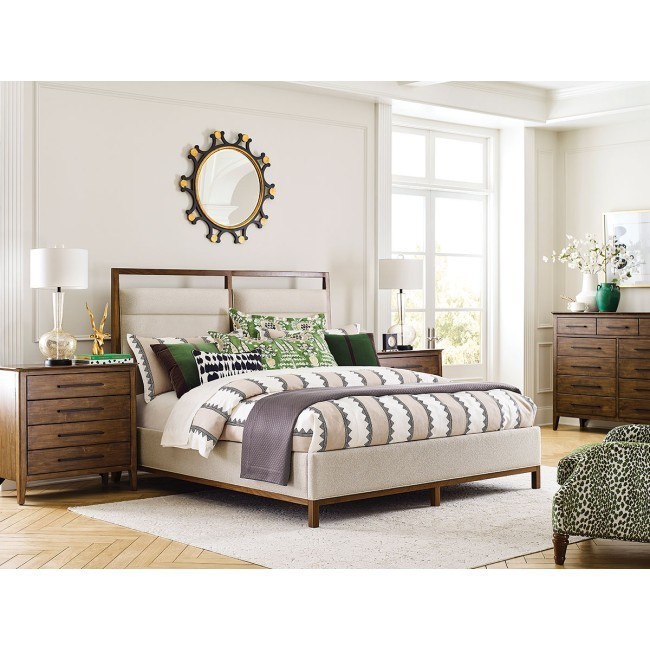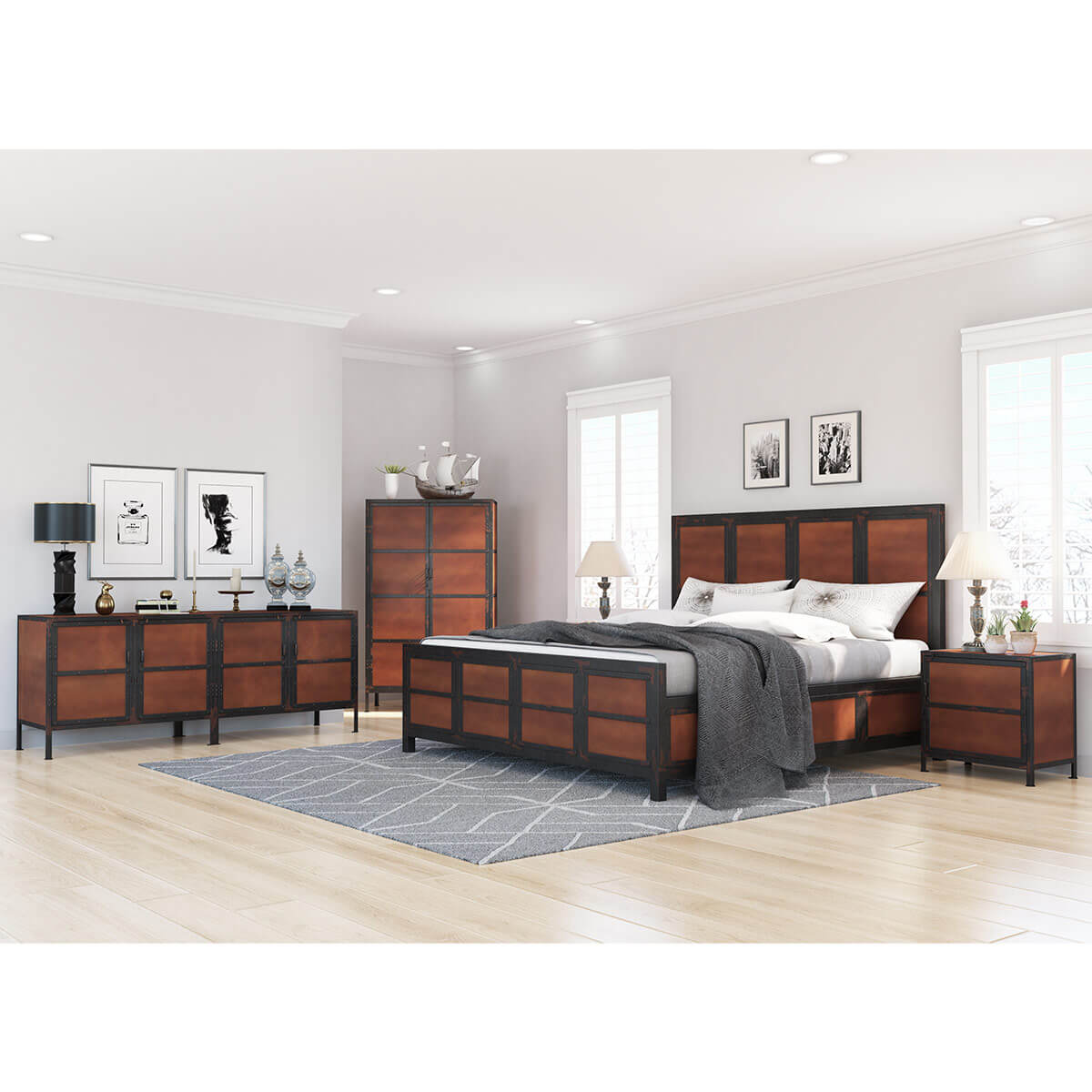All Categories
Featured
When embellishing a home, selecting the right furniture style plays an important function in forming the ambiance of a room. Two of the most prominent furnishings styles are modern and typical, each with its distinct features. While both designs can bring appeal and comfort to a space, they vary significantly in layout concepts, materials, and overall appearances. Recognizing these distinctions will help you make a more enlightened decision when picking furnishings for your home.
Traditional Furnishings: Traditional furniture embraces luxuriant designs, detailed carvings, and timeless types motivated by previous historic durations. Conventional furnishings has a formal, advanced appearance, and the focus is on fine craftsmanship.
![]()
Conventional Furniture: Standard furnishings is understood for its usage of abundant, top quality products such as solid timber, natural leather, and all-natural textiles. Standard furniture coatings tend to be polished and dark, giving pieces a feeling of weight and high-end.
Typical Furniture: Standard furniture usually uses much deeper, richer colors that evoke a sense of heat and style. Earthy tones like deep browns, wine reds, golds, and forest greens are typically seen in conventional furnishings. These colors include a sense of coziness and richness to the space. Additionally, patterns are often used in conventional furniture, such as flower prints, red stripes, or damask, adding deepness and texture to the room's style.
![]()
Standard Furnishings: While comfort is essential in traditional furnishings, it is not constantly the primary emphasis. Traditional furnishings stresses luxury and beauty, commonly including supported seats and thick upholstery.
![]()
Standard Furniture: Conventional furnishings tends to stick out extra in a space as a result of its ornate and timeless design elements. It functions well in even more official setups, such as a traditional living area, a research, or a dining-room. While it can be combined with contemporary aspects for an updated look, standard furnishings usually preserves its own identification and can feel dominant within an area. This style typically prospers in large, stately spaces with a sense of grandeur.
Conventional Furniture: Conventional furniture is constructed to last and never goes out of design. For homeowners looking for sustaining, classic furnishings that maintains its worth and charm, standard pieces are an excellent investment.
Conclusion. Eventually, the choice in between standard and modern furnishings boils down to your individual choices and the type of ambience you wish to create in your home. Contemporary furniture is sleek, useful, and versatile to present patterns, while conventional furnishings is ageless, glamorous, and concentrated on detailed details. By understanding the vital differences in between these two styles, you can better curate a home that shows your taste, lifestyle, and the atmosphere you desire.
- Style and Shape. Contemporary Furniture: Contemporary furniture is recognized for its streamlined, minimal styles that focus on simpleness and performance. Contemporary furniture can incorporate aspects from various periods, making it highly versatile.
Traditional Furnishings: Traditional furniture embraces luxuriant designs, detailed carvings, and timeless types motivated by previous historic durations. Conventional furnishings has a formal, advanced appearance, and the focus is on fine craftsmanship.

- Materials and Finishes. Contemporary Furnishings: Contemporary furnishings makes use of a varied variety of materials, including wood, glass, metal, acrylic, and occasionally natural leather. While contemporary furniture does include wood, the products often tend to be lighter and much less ornate compared to standard items.
Conventional Furniture: Standard furnishings is understood for its usage of abundant, top quality products such as solid timber, natural leather, and all-natural textiles. Standard furniture coatings tend to be polished and dark, giving pieces a feeling of weight and high-end.
- Shade Scheme. Contemporary Furnishings: Contemporary furniture embraces neutral, underrated colors, with tones like white, grey, black, and beige commonly featured. These shades aid create a roomy, ventilated feel that enables for adaptability in decorating. Vibrant accent colors are often incorporated to make a declaration, such as bright throw pillows, carpets, or art work. The color scheme in modern furnishings is typically kept simple to permit other design aspects to shine, producing a balanced and natural room.
Typical Furniture: Standard furniture usually uses much deeper, richer colors that evoke a sense of heat and style. Earthy tones like deep browns, wine reds, golds, and forest greens are typically seen in conventional furnishings. These colors include a sense of coziness and richness to the space. Additionally, patterns are often used in conventional furniture, such as flower prints, red stripes, or damask, adding deepness and texture to the room's style.
- Comfort and Performance. Contemporary Furniture: Capability is a main element of modern furniture. Pieces are typically created with ergonomic concepts in mind to maximize convenience and energy. This design includes multi-functional furniture, such as sofa beds, modular devices, or furniture with integrated storage, which makes them useful for contemporary way of livings. Contemporary furnishings also has a tendency to have much less ornamentation, which enables it to mix seamlessly into various sorts of spaces without overpowering the area.

Standard Furnishings: While comfort is essential in traditional furnishings, it is not constantly the primary emphasis. Traditional furnishings stresses luxury and beauty, commonly including supported seats and thick upholstery.
- Design Integration. Contemporary Furniture: Contemporary furniture is developed to fit with the fads of the moment, and as a result, it functions well in minimal and modern areas. It mixes easily with a selection of interior decoration styles, from mid-century modern-day to scandinavian and industrial. Since modern furniture accepts simpleness, it can also be incorporated with more traditional pieces to create a diverse appearance. Its versatility permits it to function well in open-plan formats and more portable home.

Standard Furniture: Conventional furnishings tends to stick out extra in a space as a result of its ornate and timeless design elements. It functions well in even more official setups, such as a traditional living area, a research, or a dining-room. While it can be combined with contemporary aspects for an updated look, standard furnishings usually preserves its own identification and can feel dominant within an area. This style typically prospers in large, stately spaces with a sense of grandeur.
- Durability and Timelessness. Contemporary Furnishings: Contemporary furniture, because of its link to current design trends, can occasionally really feel dated as patterns evolve. Its tidy, minimalist visual and usage of premium products commonly ensure it stays pertinent for numerous years, particularly when it concentrates on traditional modernist aspects. While contemporary furniture may not have the very same historic weight as traditional pieces, it can still stand the examination of time via its adaptability and recurring adjustment to brand-new patterns.
Conventional Furniture: Conventional furniture is constructed to last and never goes out of design. For homeowners looking for sustaining, classic furnishings that maintains its worth and charm, standard pieces are an excellent investment.
Conclusion. Eventually, the choice in between standard and modern furnishings boils down to your individual choices and the type of ambience you wish to create in your home. Contemporary furniture is sleek, useful, and versatile to present patterns, while conventional furnishings is ageless, glamorous, and concentrated on detailed details. By understanding the vital differences in between these two styles, you can better curate a home that shows your taste, lifestyle, and the atmosphere you desire.
Latest Posts
Find Cost-Effective Auto Repairs with Montclare’s Limited-Time Service Specials
Published May 25, 25
1 min read
Learn About Leading Vehicle Maintenance Services in Chicago – Drive with Confidence
Published May 25, 25
1 min read
Don’t Miss Special Auto Repair Deals in Chicago at Montclare Auto Repair
Published May 20, 25
1 min read
More
Latest Posts
Find Cost-Effective Auto Repairs with Montclare’s Limited-Time Service Specials
Published May 25, 25
1 min read
Learn About Leading Vehicle Maintenance Services in Chicago – Drive with Confidence
Published May 25, 25
1 min read
Don’t Miss Special Auto Repair Deals in Chicago at Montclare Auto Repair
Published May 20, 25
1 min read